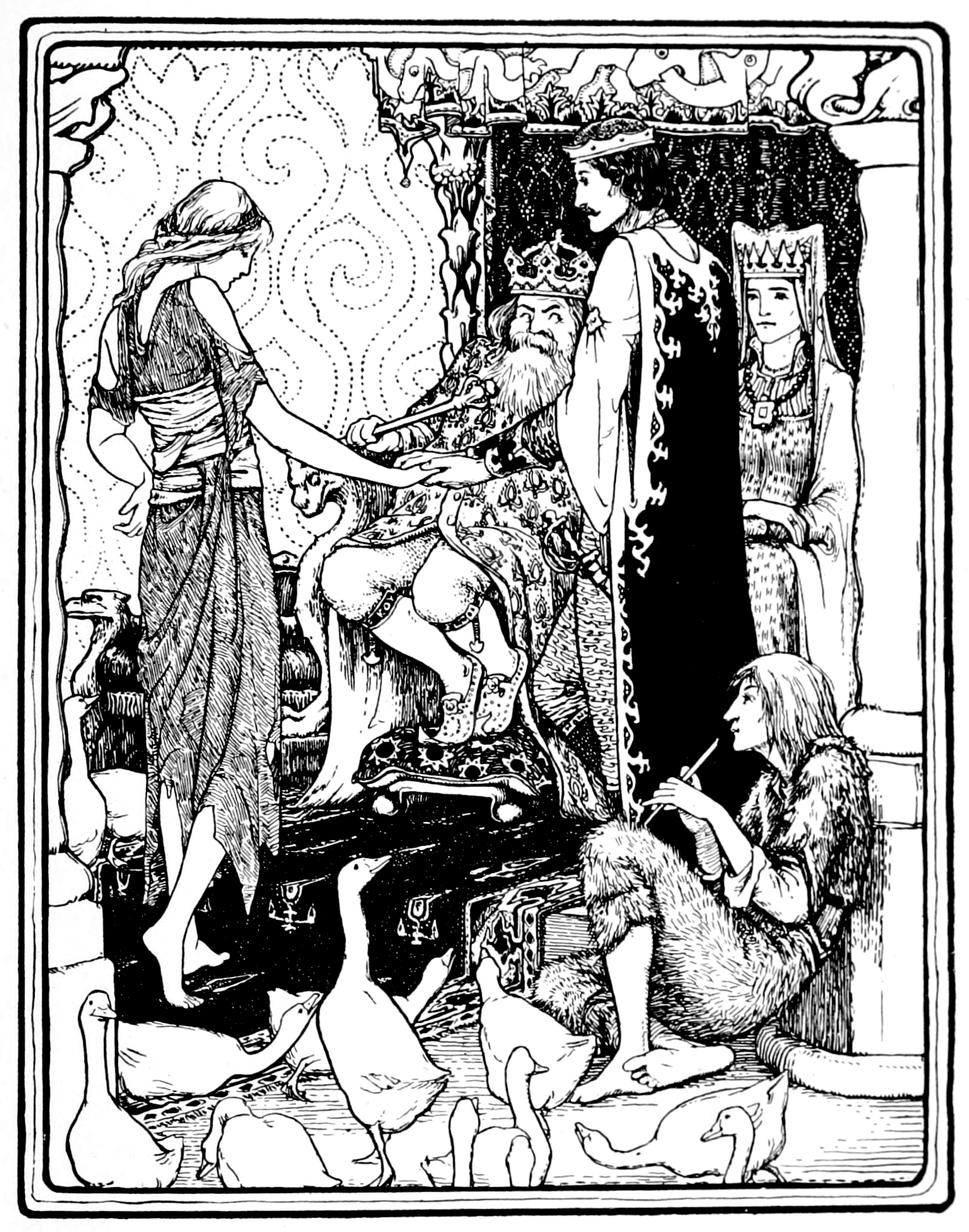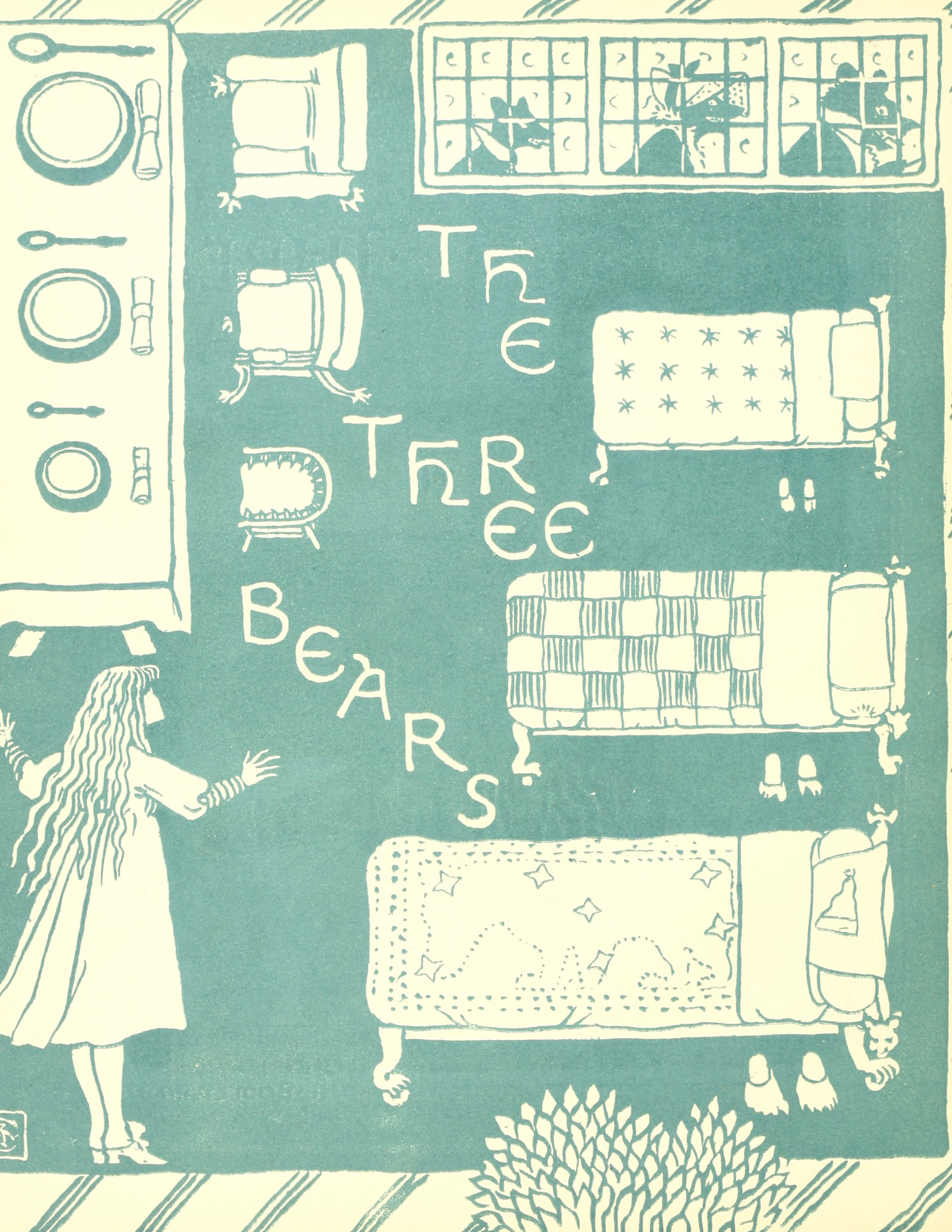|
Cap O' Rushes
"Cap-o'-Rushes" is an English fairy tale published by Joseph Jacobs in ''English Fairy Tales''. Jacobs gives his source as "Contributed by Mrs. Walter-Thomas to "Suffolk Notes and Queries" of the ''Ipswich Journal'', published by Mr. Lang in ''Longman's Magazine'', vol. xiii., also in ''Folk-Lore'' September, 1890". In the latter journal, Andrew Lang notes the folktale was "discovered" in the Suffolk notes by Edward Clodd. Marian Roalfe Cox, in her pioneering study of ''Cinderella'', identified as one of the basic types, the King Lear decision, contrasting with ''Cinderella'' itself and ''Catskin''.If The Shoe Fits: Folklorists' criteria for #510 It is Aarne-Thompson-U ... [...More Info...] [...Related Items...] OR: [Wikipedia] [Google] [Baidu] |
Fairy Tale
A fairy tale (alternative names include fairytale, fairy story, household tale, magic tale, or wonder tale) is a short story that belongs to the folklore genre. Such stories typically feature magic, enchantments, and mythical or fanciful beings. In most cultures, there is no clear line separating myth from folk or fairy tale; all these together form the literature of preliterate societies. Fairy tales may be distinguished from other folk narratives such as legends (which generally involve belief in the veracity of the events described) and explicit moral tales, including beast fables. Prevalent elements include dragons, dwarfs, elves, fairies, giants, gnomes, goblins, griffins, merfolk, monsters, monarchy, pixies, talking animals, trolls, unicorns, witches, wizards, magic, and enchantments. In less technical contexts, the term is also used to describe something blessed with unusual happiness, as in "fairy-tale ending" (a happy ending) or "fairy-tale romance". ... [...More Info...] [...Related Items...] OR: [Wikipedia] [Google] [Baidu] |
Tattercoats
"Tattercoats" is an English fairy tale collected by Joseph Jacobs in his ''More English Fairy Tales''. It is Aarne–Thompson type 510B, the persecuted heroine. Others of this type include "Cap O' Rushes", "Catskin", "Little Cat Skin", "Allerleirauh", " The King who Wished to Marry His Daughter", " The She-Bear", "Donkeyskin", "Mossycoat", " The Princess That Wore A Rabbit-Skin Dress", and " The Bear". Synopsis A great lord had no living relatives except a little granddaughter, and because her mother, his daughter, had died in childbirth, he swore that he would never look at her. He sat in his castle and mourned his dead daughter. The granddaughter grew up quite neglected, and was called "Tattercoats" for her ragged clothing. She spent her days in the fields with only a gooseherd for her companion. Her grandfather was invited to a royal ball. He had his hair sheared off, for it had bound him to his chair, and made preparations to go. Tattercoats's old nurse begged him to t ... [...More Info...] [...Related Items...] OR: [Wikipedia] [Google] [Baidu] |
Richard Chase (folklorist)
Richard Thomas Chasehttp://www.berkeleypubliclibrary.org (February 15, 1904 – February 2 1988) was an American folklorist and an authority on English-American folklore. Biography Career Chase compiled and edited several books of folktales and folk games (especially Appalachian), including: *''Old Songs and Singing Games'' (1938) *''The Jack Tales: told by RM Ward and his kindred in the Beech Mountain section of Western North Carolina and by other descendants of Council Harmon (1803-1896) elsewhere in the southern mountains; with three tales from Wise County, Virginia'' (1943) *''Grandfather Tales: American-English Folk Tales'' (1948), *''Hullabaloo, and Other Singing Folk Games'' (1949) *''The Complete Tales of Uncle Remus'' (1955) *''American Folk Tales and Songs and other examples of English-American traditions as preserved in the Appalachian Mountains and elsewhere in the United States''. (1956) * "American Folk Tales and Songs: with Paul Clayton and Jean Ritchie ... [...More Info...] [...Related Items...] OR: [Wikipedia] [Google] [Baidu] |
The Dirty Shepherdess
The Dirty Shepherdess is a French fairy tale collected by Paul Sébillot. Andrew Lang included it in '' The Green Fairy Book''. Plot summary A king asked his two daughters how much they loved him. His older said as the apple of her eye. The younger said as much as the salt on her food. He ordered her out of the kingdom. She went, with her dresses and jewels. She made herself ugly, so that a farmwife would not be unready to lease her, and wore beggar's clothing. Finally, she was leased as a shepherdess. One day, she dressed herself in her fine gowns just to remember. The prince, hunting, saw her, and asked who the beautiful woman was who tended the sheep, garnering much ridicule. The prince fell ill with longing, and said that only a loaf of bread baked by the shepherdess would cure him. She made it, and her ring fell into the dough. When he ate it, he found the ring and declared he would marry only the woman whose finger it fitted. When every other woman had tried i ... [...More Info...] [...Related Items...] OR: [Wikipedia] [Google] [Baidu] |
Charles Perrault
Charles Perrault ( , , ; 12 January 162816 May 1703) was a French author and member of the Académie Française. He laid the foundations for a new literary genre, the fairy tale, with his works derived from earlier folk tales, published in his 1697 book '' Histoires ou contes du temps passé''. The best known of his tales include " Little Red Riding Hood", "Cinderella", " Puss in Boots", "Sleeping Beauty", and "Bluebeard". Some of Perrault's versions of old stories influenced the German versions published by the Brothers Grimm more than 100 years later. The stories continue to be printed and have been adapted to most entertainment formats. Perrault was an influential figure in the 17th-century French literary scene and was the leader of the Modern faction during the Quarrel of the Ancients and the Moderns. Life and work Charles Perrault was born in Paris on 12 January 1628,Christian Michel (1996)"Perrault family: (3) Charles Perrault" vol. 24, p. 470, in ''The Dictionary of A ... [...More Info...] [...Related Items...] OR: [Wikipedia] [Google] [Baidu] |
Rule Of Three (writing)
The rule of three is a writing principle which suggests that a trio of entities such as events or characters is more humorous, satisfying, or effective than other numbers. The audience of this form of text is also thereby more likely to remember the information conveyed because having 3, three entities combines both brevity and rhythm with having the smallest amount of information to create a pattern. Slogans, film titles, and a variety of other things have been structured in threes, a tradition that grew out of oral storytelling and continues in narrative fiction. Examples include the Three Little Pigs, Three Billy Goats Gruff, Goldilocks and the Three Bears, and the Three Musketeers. Similarly, adjectives are often grouped in threes to emphasize an idea. Meaning The rule of three can refer to a collection of three words, phrases, sentences, lines, paragraphs/stanzas, chapters/sections of writing and even Trilogy, whole books. The three elements together are known as a triad. ... [...More Info...] [...Related Items...] OR: [Wikipedia] [Google] [Baidu] |
Juncaceae
Juncaceae is a family of flowering plants, commonly known as the rush family. It consists of 8 genera and about 464 known species of slow-growing, rhizomatous, herbaceous monocotyledonous plants that may superficially resemble grasses and sedges. They often grow on infertile soils in a wide range of moisture conditions. The best-known and largest genus is '' Juncus''. Most of the ''Juncus'' species grow exclusively in wetland habitats. A few rushes, such as '' Juncus bufonius'' are annuals, but most are perennials. Despite the apparent similarity, Juncaceae are not counted among the plants with the vernacular name bulrush. Description The leaves are evergreen and well-developed in a basal aggregation on an erect stem. They are alternate and tristichous (i.e., with three rows of leaves up the stem, each row of leaves arising one-third of the way around the stem from the previous leaf). Only in the genus '' Distichia'' are the leaves distichous. The rushes of the genus ... [...More Info...] [...Related Items...] OR: [Wikipedia] [Google] [Baidu] |
Page 51 Illustration In English Fairy Tales
Page most commonly refers to: * Page (paper), one side of a leaf of paper, as in a book Page, PAGE, pages, or paging may also refer to: Roles * Page (assistance occupation), a professional occupation * Page (servant), traditionally a young male servant * Page (wedding attendant) People and fictional characters * Page (given name), a list of people * Page (surname), a list of people and fictional characters * Pages (surname) * H. A. Page, a pen name of Scottish author Alexander Hay Japp (1836–1905) Places Australia * Page, Australian Capital Territory, a suburb of Canberra * Division of Page, New South Wales * Pages River, a tributary of the Hunter River catchment in New South Wales, Australia * The Pages, South Australia, two islands and a reef **The Pages Conservation Park, a protected area in South Australia United States * Page, Arizona, a city * Page, Indiana * Page, Minneapolis, Minnesota, a neighborhood * Page, Nebraska, a village * Page, North Dakota, a city * P ... [...More Info...] [...Related Items...] OR: [Wikipedia] [Google] [Baidu] |
Jackanory
''Jackanory'' was a BBC children's television series which was originally broadcast between 1965 and 1996. It was designed to stimulate an interest in Reading (activity), reading. The programme was first transmitted on 13 December 1965, and the first story was the fairy-tale "Cap-o'-Rushes" read by Lee Montague. ''Jackanory'' was broadcast until 1996, with around 3,500 episodes in its 30-year run. The final story, ''The House at Pooh Corner'' by A. A. Milne, was read by Alan Bennett and broadcast on 24 March 1996. The programme was briefly revived on 27 November 2006 for two one-off stories. The format was revived as ''Jackanory Junior'', airing on CBeebies between 2007 and 2009. The programme's format, which varied little over the decades, featured an actor reading from children's novels or Folklore, folk tales, usually while seated in an armchair. From time to time the scene being read would be illustrated by a specially commissioned still drawing, often by Quentin Blake. In 1 ... [...More Info...] [...Related Items...] OR: [Wikipedia] [Google] [Baidu] |





